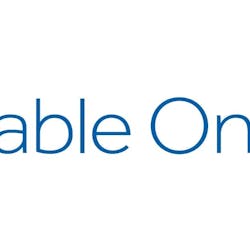OK, so Cable-Tec Expo 2018 has gone into the books. What did we learn?
The ongoing evolution of DOCSIS remains a subject of intense interest, particularly Distributed Access Architectures (DAA), Remote PHY, and Remote MACPHY. A number of vendors were showing DAA technology at the show, mainly R-PHY nodes. Initial deployments of R-PHY are underway with a number of U.S. operators, and they're expected to ramp up in the coming year.
Full Duplex DOCSIS 3.1, the symmetrical version, has a ways to go yet. Among the challenges there is the need for a node + 0 architecture (no actives downstream from the node), which is an expensive and time-consuming upgrade path. As an alternative, work is underway on different flavors of extended spectrum DOCSIS, which is designed to expand upstream capacity in node + 1 or node + 2 environments.
Virtualization and software also figured strongly at the show. The focus there increasingly is on using the open source model and tools to create cloud-native applications and converged network cores. The goal with a converged network core is to create a common software bundle for primary network functions, onto which different software containers or modules can be added as needed to support various topologies and edge functions. The containers are managed via Koubernetes orchestration, which functions as a sort of software version of a system integrator.
The virtualization trend is also evident in the video sphere. Streaming video is fully mainstream now, and cloud-based video services are increasingly common. The focus here has become one of fine-tuning: reducing latency in live programming, especially sporting events, and creating common user interfaces (UIs) that combine the operator's content and over-the-top (OTT) sources in the same bucket.
With all this virtualization comes a need for greater visibility into the network, especially software monitoring and analytics, all the way down to subscribers' mobile devices. These technologies seem to be in their early days, but the need for them can be expected to grow in step with operators' moves toward software-defined networking (SDN), network functions virtualization (NFV) and cloud-based technologies. They'll be particularly important for service level agreement (SLA) management in business services.
Arguably, the biggest news to come out of this year's Expo wasn't even news, but rather a rumor: The Reuters story that CommScope (NYSE:COMM) is in talks to buy ARRIS (NASDAQ:ARRS). If true - the Reuters story didn't name sources, and representatives of the two companies couldn't comment - that would be a very big deal indeed.





